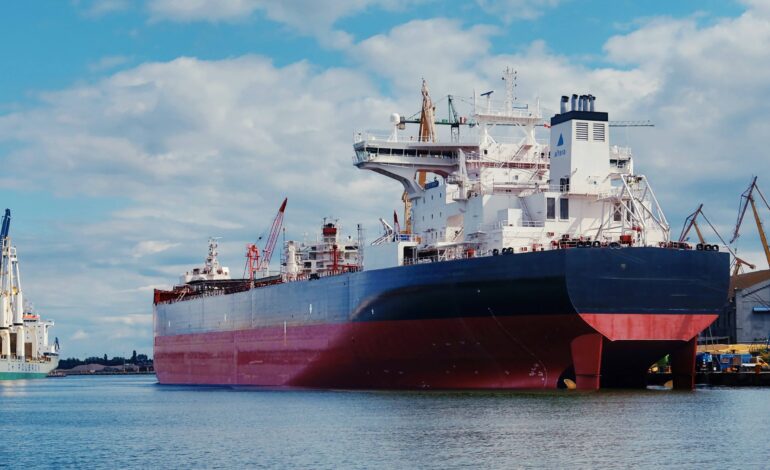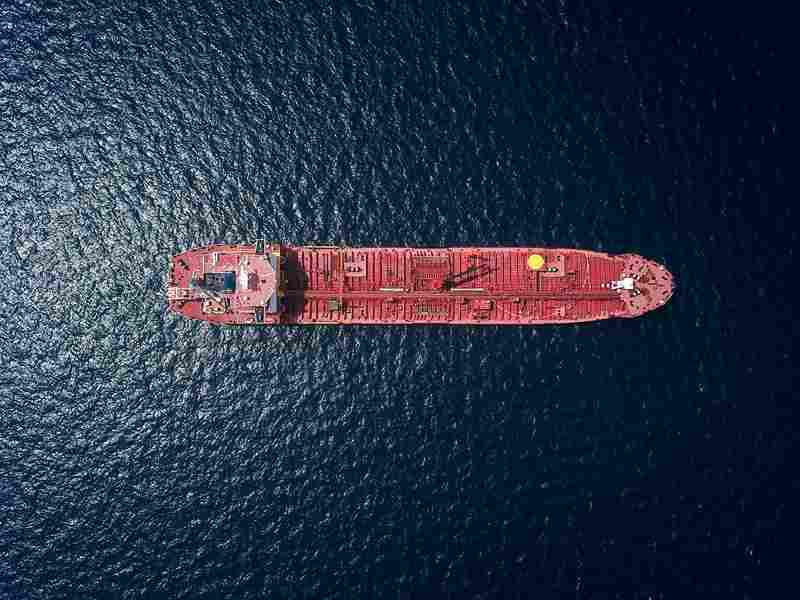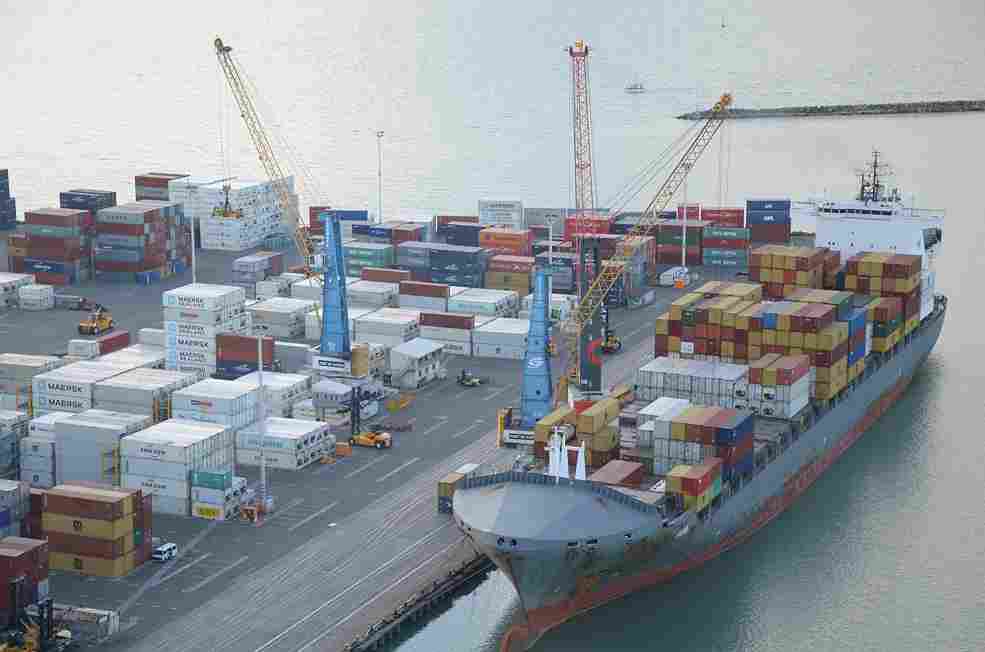
The Role of Catalytic Fines in Engine Wear: How Bunker Fuel Quality Impacts Maintenance Cycles
In the maritime industry, the quality of bunker fuel plays a critical role in determining engine performance and longevity. Among the various contaminants found in marine fuels, catalytic fines—commonly referred to as cat fines—pose a significant threat to engine components. These microscopic particles, primarily composed of aluminum and silicon, originate from the catalytic cracking process in oil refineries. When not adequately managed, cat fines can accelerate engine wear, disrupt maintenance schedules, and increase operational costs.
Understanding Catalytic Fines
Catalytic cracking is a refining process used to convert heavy crude oil fractions into lighter, more valuable products like diesel and gasoline. In this process, catalysts containing aluminum and silicon are employed. Over time, fragments of these catalysts, known as catalytic fines, can end up in the residual fuel oil—the base for many marine fuels.
The International Organization for Standardization (ISO) has established fuel quality standards under ISO 8217, which limits cat fines to a maximum of 60 parts per million (ppm). However, even within this limit, the risk to engines persists, especially if shipboard fuel treatment systems are not functioning optimally.
The Mechanism of Engine Wear
When bunker fuel containing cat fines enters the engine, these hard particles can act like abrasives. If they are not sufficiently removed by onboard purification systems such as centrifugal separators and filtration units, they can pass through to the fuel injection system and into the combustion chamber.
Once inside, the fines can cause:
- Scoring of cylinder liners and piston rings
- Damage to fuel injectors
- Increased friction and heat, leading to premature component failure
This abrasive wear shortens the lifespan of key engine components and leads to unplanned maintenance or overhauls—both costly and time-consuming in a shipping environment.
Impact on Maintenance Cycles
The presence of cat fines in marine fuel requires shipping operators to adopt more frequent monitoring and maintenance practices. Here’s how:
- Shortened maintenance intervals: Components exposed to abrasive wear need to be inspected and replaced more often.
- Increased oil consumption: Engine wear often leads to higher lubricant usage as components degrade.
- Higher downtime: More frequent engine overhauls reduce vessel availability and profitability.
- Greater reliance on fuel treatment systems: Operators must ensure that purifiers are correctly sized, maintained, and operated to remove as many cat fines as possible.
Failure to properly manage catalytic fines not only risks engine damage but can also result in non-compliance with safety and operational standards.
Mitigating the Risks
To reduce the impact of catalytic fines, several best practices have emerged:
- Fuel Testing: Routine laboratory analysis of bunker fuel before use can identify cat fine concentrations, enabling informed operational decisions.
- Effective Purification: Centrifugal separators should be operated at the correct flow rate and temperature for optimal removal of cat fines.
- Slow Fuel Changeover: Gradually switching between fuel types allows separators more time to eliminate impurities.
- Maintenance of Fuel Systems: Regular cleaning and servicing of purifiers, filters, and injection systems enhance their effectiveness.
- Supplier Vetting: Procuring fuel from reputable suppliers who meet or exceed ISO 8217 standards helps reduce contamination risks.
Conclusion
As marine engines become more efficient and operate at tighter tolerances, the cleanliness of bunker fuel becomes increasingly critical. Catalytic fines, though small in size, can cause disproportionately large problems if not adequately controlled. By prioritizing fuel quality, enhancing onboard purification, and adopting rigorous maintenance protocols, shipowners can extend engine life, reduce unscheduled repairs, and maintain smooth sailing in a competitive industry.





